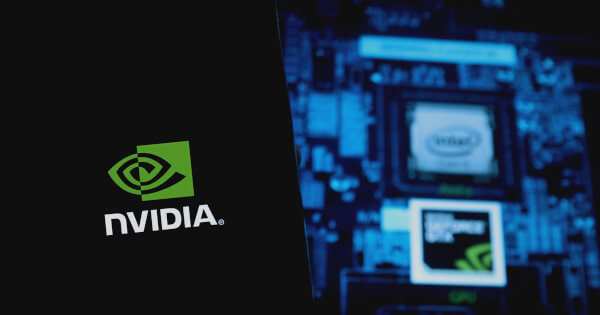Jessie A Ellis Jun 11, 2025 17:18
NVIDIA introduces accelerated solutions for molecular AI models with cuEquivariance and NIM microservices, enhancing computational efficiency and facilitating advanced research in drug discovery.
The demand for rapid inference and training of molecular AI models has surged with the advent of models like AlphaFold2, according to NVIDIA. Addressing this need, NVIDIA has launched new enhancements in its cuEquivariance library and NVIDIA NIM microservices to accelerate molecular modeling processes.
NVIDIA cuEquivariance Enhancements
NVIDIA’s cuEquivariance, a CUDA-X library, is designed to expedite computations for geometry-aware neural networks, such as MACE and NequIP. The library now features accelerated Triangle Attention and Triangle Multiplication kernels, crucial for protein structure prediction models like AlphaFold2. These advancements enhance applications such as protein folding and RNA/DNA binding.
The improved kernels offer significant performance boosts, with up to a 5x increase in kernel-level speed and a reduction in memory usage from O(N3) to O(N2), compared to traditional implementations. These enhancements are expected to alleviate bottlenecks in speed and memory consumption, particularly for models like Boltz-2, developed by MIT and Recursion.
Introduction of NVIDIA NIM Microservices
Coinciding with the cuEquivariance updates, NVIDIA has introduced the Boltz-2 model as an NVIDIA NIM microservice. This next-generation model, developed in collaboration with MIT and Recursion, is designed for high-efficiency inference and real-time predictions. NIM microservices offer pre-built containers for streamlined access to advanced AI models, facilitating extensive drug discovery workflows.
Impact on Molecular AI Research
These developments are poised to revolutionize computational efficiency in molecular AI research. Accelerated kernels enable the construction of larger foundational models, aligning with pre-training scaling laws that correlate increased computational throughput with enhanced model performance. This efficiency supports more extensive in silico experiments, potentially scaling virtual screening campaigns significantly.
NVIDIA’s initiatives, including the cuEquivariance library and NIM microservices, are crucial for advancing research in drug discovery and biology. By providing optimized model access and tackling computational bottlenecks, NVIDIA is paving the way for faster R&D cycles in the pharmaceutical industry.
For further information on these advancements, visit the NVIDIA blog.
Image source: Shutterstock


